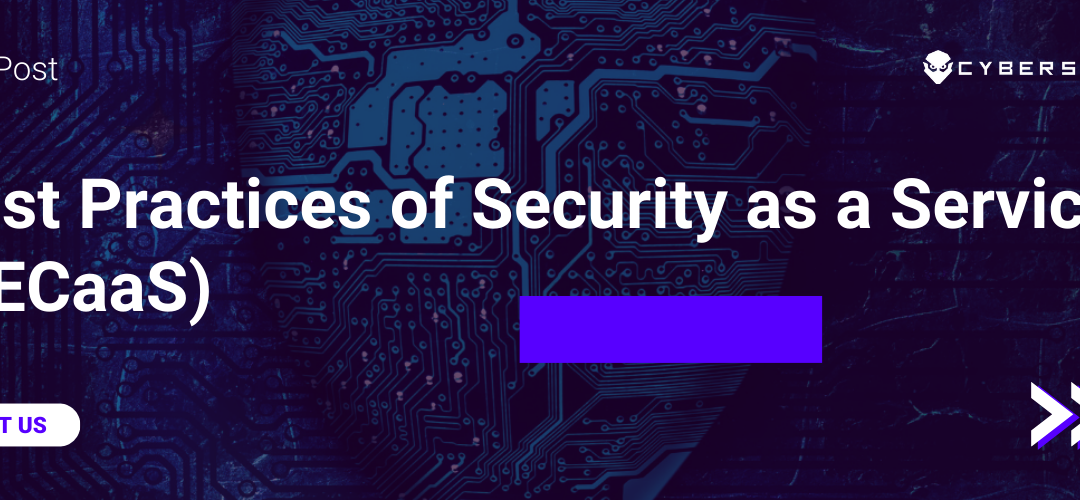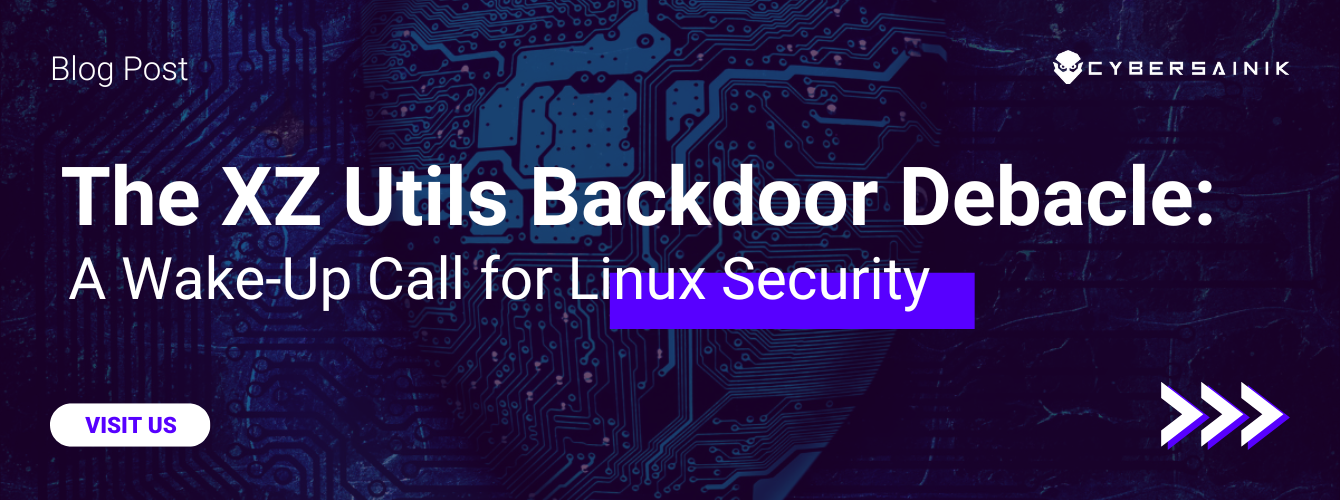Over the past several years, there has been a shift by businesses from physical or local network security services to cloud-based services. Initially slow, the shift to cloud-based security services, formally known as Security-as-a-Service (SECaaS) has exponentially increased. The reason? Businesses have become more aware of SECaaS benefits, especially when compared to traditional network security strategies. As a result, there has been an increase in market share for SECaaS; formerly at $3.12 billion in 2015, the market share is projected to reach $8.52 billion by 2020.
In making the transition to a cloud-based security service, there are several recommended best practices that you should follow to ensure a successful implementation. Failing to adhere to these practices may put your network at danger of malware and other forms of network threats. Discussed below are some of the recommended best practices when using a cloud-based security platform.
1. Data Encryption
Your cloud security provider should ensure that all your data is fully encrypted. There should be end-to-end encryption of all data in transit. Data encryption should begin from the data source all the way to its destination. In addition, data at rest in the cloud storage should also be fully encrypted. Having your data completely encrypted whether at rest or in transit ensures the integrity of your data in the event of a data breach or interception.
2. Data Retention Policy
A data retention policy dictates where specific types of data should be retained, how long it should be retained, as well as any other special considerations guiding the retention and handling of your data. It is important to have an updated data retention policy as this will provide the framework that will be used by your cloud security provider in keeping your data secure. This policy should be kept current so be sure to review it on a regular basis.
3. Password Management
Using weak passwords or the same password across multiple domains can put your network at risk of compromise. Therefore, it is important to have a password management policy dictating how passwords are used within your network. This policy will be followed by your cloud security provider in setting up password guidelines for your network. Ideally, passwords should be changed every so often; they also should not be used across multiple domains. In addition, multi-factor authentication should be established to provide an additional layer of security.
4. Identity and Access Management (IAM)
Identity and access management (IAM) policies dictate which users have access to your network and various access rights of each user. This will be used by your cloud security provider to ensure that users have the right permissions and privileges within your network. Generally speaking, the principle of least privilege should be applied when granting rights to users. With this principle, users are granted the least rights needed for them to fulfill their tasks.
5. Disaster Recovery
Having a good back up and disaster recovery strategy is an essential component of a cyber-security strategy. Data should be backed up frequently and maintained at secondary cloud storage sites. As such, data can readily be restored and normal business processes resumed in the event of a network compromise or natural disaster to your business’s area.
6. Alerts and Reporting
Alerts should be set up across the network which should trigger if any unusual or suspicious activity is detected. These alerts help in the early detection of threats to the network so that appropriate measures can be implemented to localize and contain the threats. Regular reports should also be generated detailing the state of the network as well as any potential issues that may need to be addressed.
Bottom Line
At Cyber Sainik, we know all about Security-as-a-Service. We have experts on hand ready to get you started with our cloud-based security. We even have our own Security Operations Center (SOC). Contact us today for more information on our data and network security services.




